A bothy in the Bernina
Build in your imagination the best-ever bothy. A long walk to get to it; a huge view; and even some dry blankets to sleep under. And then head off and find it. Hint: it isn’t actually in the UK...
What are the qualities of an ideal bothy?1 You might ask for a fully waterproof roof as basic: a sleeping platform that isn't the floor: and a reasonably high-mountain situation without a pine plantation round it.
But let's free up our imagination for those things we dream about even though we never actually find them. Some real mattresses (actually, I did once find bubblewrap at Sourlies), and let those mattresses not be damp. Draughtproofing. Dry matches. A door that actually shuts from both the outside and within.
Dammit, let's throw the real world to the four winds. Let's our bothy have a view 3000ft deep below the door. Let’s have have a access path that involves rocky scrambling and a path with a chain to cling to above some big airy spaces. Let's have dry blankets, a gas cooker and some gas. A bothy book with all its pages in and none of them scribbled on.
These bothies do, amazingly, exist. However, none of the credit for them goes to that creditable organisation the Mountain Bothies Association. They are managed and maintained by the Alpine Club of Italy, who refer to them as bivouacs (or rather, being as they are Italians, as bivacci).
The secret of a litter-free bothy is, as the MBA has discovered, a reasonably ardous walk in. To reach the Bivacco Pedrone del Pra, we had first of all to climb through a pine forest. The bottom of the forest is at Bondo: a pretty village in Switzerland’s Bregaglia valley where the streets are too narrow for cars, every single windowsill is obscured by geraniums, and the shop sells only stale bread and cheese.
Bondo is at 800m. The top of the forest is at 2000m. You climb through that forest for four hours, and there's no view at all till you get out at the top of the trees.
At the top of the forest there's a view outwards, mostly of some more pine trees on the other side of the valley. The view upwards is strictly for those with flexible necks. A boulderfield with the occasional dwarf azalea in it leads up – and up – and then up some more. Above the top of the boulderfield is a cirque of crag, with various unpleasant looking notches. Our notch is the second from the left, with ever steepening scree and a patch of old snow. There’s something slightly familiar about it. The boulderfield, crag, notch combination is Coire Lagan on Skye, retinted in beige granite. The scree in the notch is just as steep, just as unstable, as Skye’s Great Stone Shoot: the main difference being that every 200th boulder has a stripy Swiss waymark. Or maybe a stripy Italian waymark, Neapolitan icecream style. The international border climbs with us into this particular notch, and every time we slide on the scree we’re reapportioning territory between the two countries.
Altogether we’ve ascended 1600m, a bit over five thousand feet. For comparison, the highest bothy-haul in the UK, from the Vale of Eden up to Greg’s Hut, is 580m or 1900 feet. And even less if you start from the Garrigill side.
Beyond the notch are what the Swiss guidebook calls ‘meadows’ (Wiesen). And the flock of black-and-white goats agree with the Swiss guidebook, as they are standing around the place nibbling grass and wildflowers. However, this particular meadow is roughly as steep as a house roof, and drops 3000ft into a dim grey-green hollow called the Val Codera. And what it drops 3000ft over is a considerable crag with waterfalls. More crags and waterfalls interrupt the pleasant pastoral scene with the goats, so that straight away we have to go down 1000ft and then back up it again.
All this time, incidentally, the bothy (sorry, bivacco) is visible as an orange speck on a fine projecting spur of bare rock, just below a lot of old snow which itself is just below some nasty grey clouds.
With some exhaustion (we've already backpacked Ben Nevis and there's still Helm Crag to go) we wend our way up the meadows. Stripy waymarks hop and scuttle across a boulderfield and slant away confidently onto the rocky spur. They're taking us for a spot of rockclimbing – though assisted by a sturdy metal chain, so not altogether frightening. And at the top of the spur we reach the bothy.
The place is un-Scottish in some fundamental ways. It's bright orange. The sheep hanging around outside have bells on. And inside it there is every one of the fantastic luxuries I mentioned at the start. There’s the folding-down bunks, and the gas cooker, and the insulated walls. Not to mention a plaque dedicated to the Virgin Mary, and a prayer that she should keep a helpful eye on all lovers of the mountains.
But in even more fundamental ways the place is not just Scottish but Universal. There are the candles in the empty bottles (though the bottles are all wine rather than whisky ones.) There’s the feeling you get of boots off, warm dry night ahead, sit and watch the view outside as it eases itself into sunset. There’s that special pleasure you get from the high-altitude chill of evening when what your chilled back is leaning against is a place with a roof and a door. And when night finally falls, there’s the stars above and the black mountain shapes below with not a light of humankind.
The bothy book goes right back to the birth of the hut, which was laid in place by a helicopter – a giant metal egg laid by an aluminium bird – some time in the 1980s. Nobody has taken the trouble to scribble over various pages and then tear them out for sanitary or inflammatory purposes. This may be because of the intimidating warning across the foot of the pages: I transcribe it for the benefit of the MBA, for who knows, it might work just as well for the bothy book at Backhill of Bush...
Chi sgorbia con scritte frivole questo libro
Che e la cronaca del rifugio
Tramanda la meschinito del proprio spiritu.
Whoever scribbles with frivolous writings in this book
Which is the chronicle of the hut
Betrays only the pettiness of their own soul.
Dante himself couldn’t have put it any better.
During the evening the goats wandered off, and some sheep came up to clank in their place. Nowhere, in the clubs and associations represented in the hut book, could we find a previous representative of the MBA or even of the UK. Rain pattered pleasantly on the metal roof. The signboard with the rules contained much that was reassuringly familiar: leave no perishable food (though the aluminium seemed totally mouseproof). Sweep the floor. Report all defects. Other rules were foreign and exotic. To fold the blankets. To disconnect the gas. To give precedence to injured alpinists.
In the morning it was raining, and raining rather hard. (As in bothies it rather often does, of course.) So, after sweeping the floor and removing all perishable food, it was back all the way down the 2000m to the Val Codera on the Italian side. Ah well. At least we'd had a really top bothy night.
We visited in 2001: but this current video shows the Pedroni del Pra is just the same today:
Solo trip to the most isolated bivacco in the Alps
Bothy: an informal shelter in the mountains, free to use, without a warden or guardian, and normally without electricity, running water or any other facilities. Most Scottish ones are managed and listed by the Mountain Bothies Association .


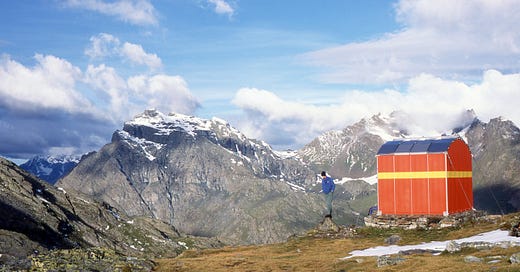


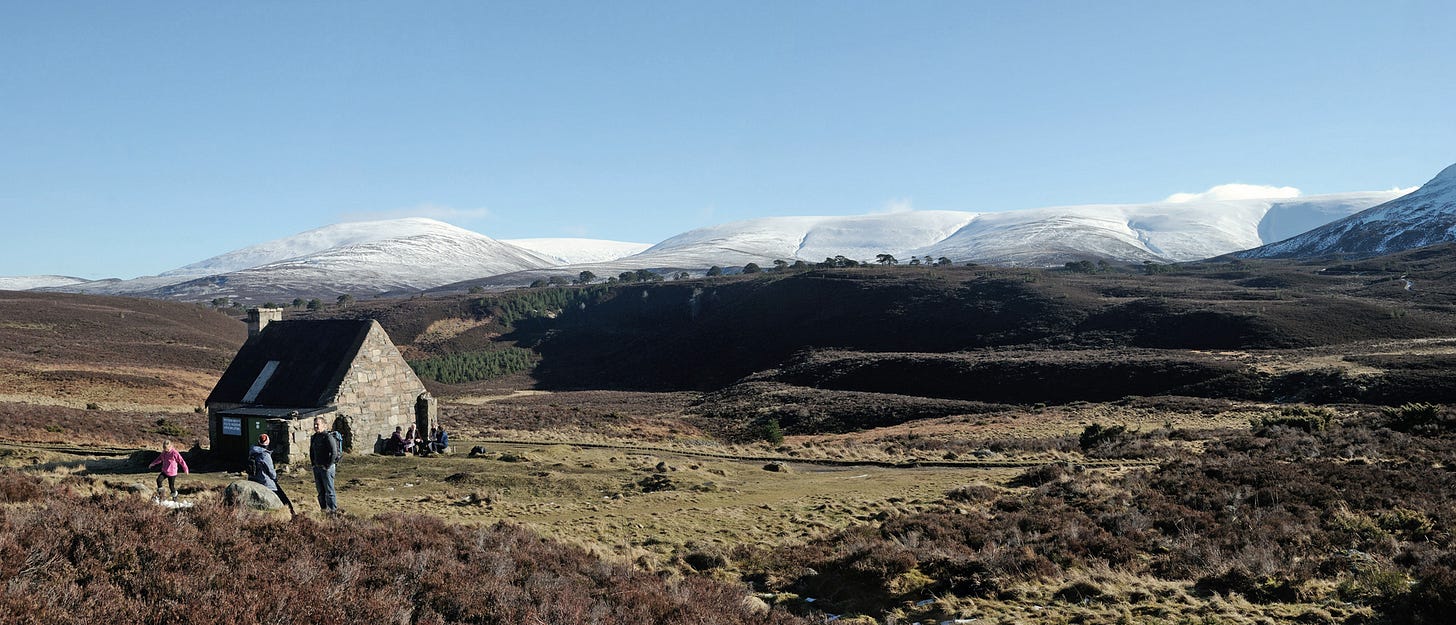
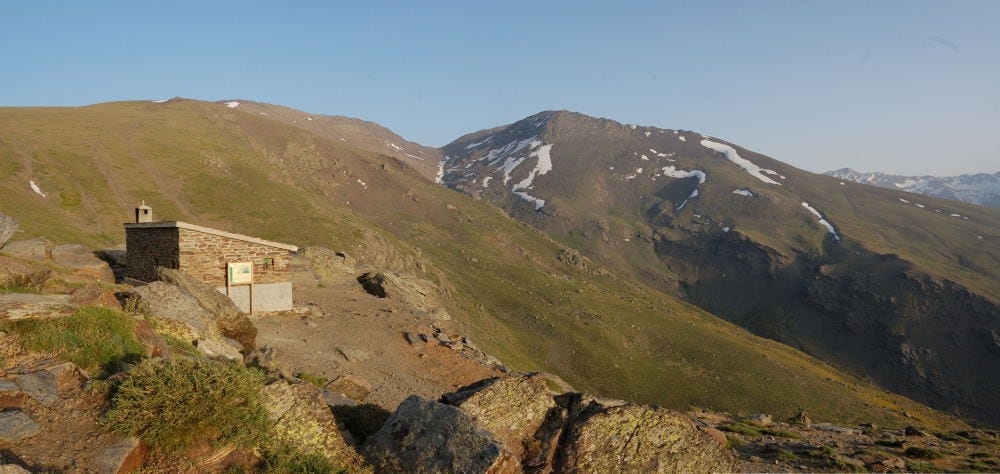
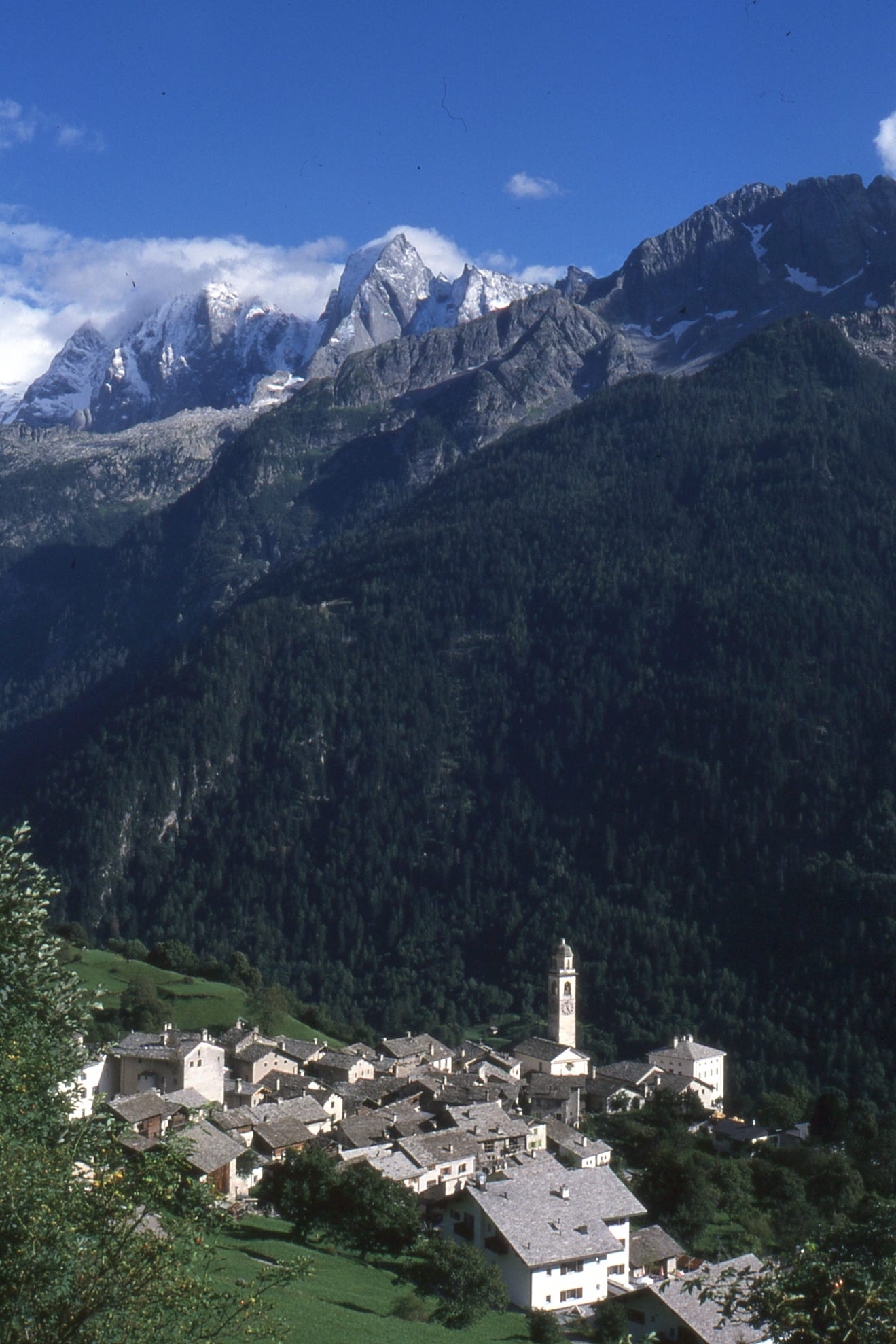
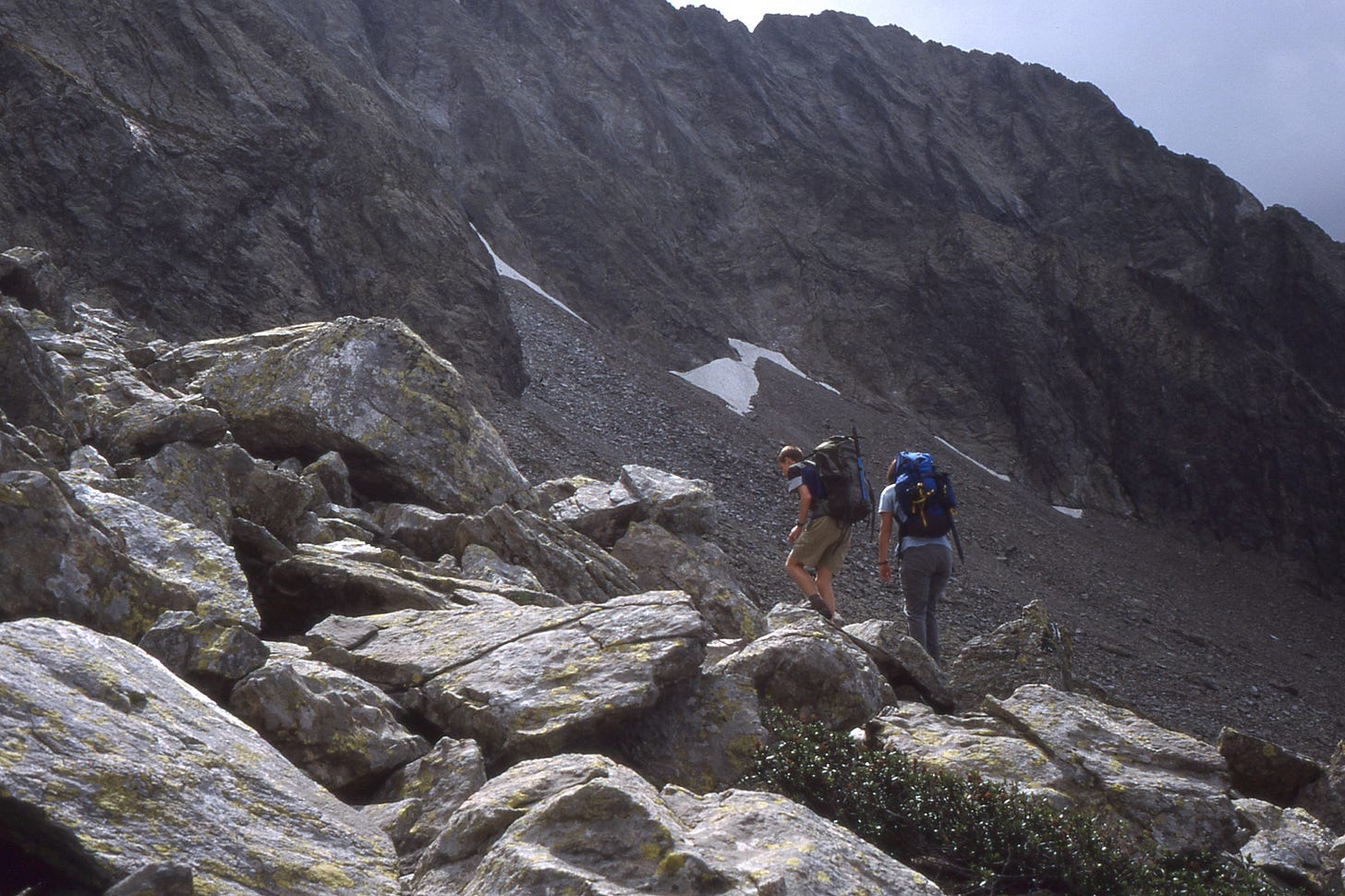
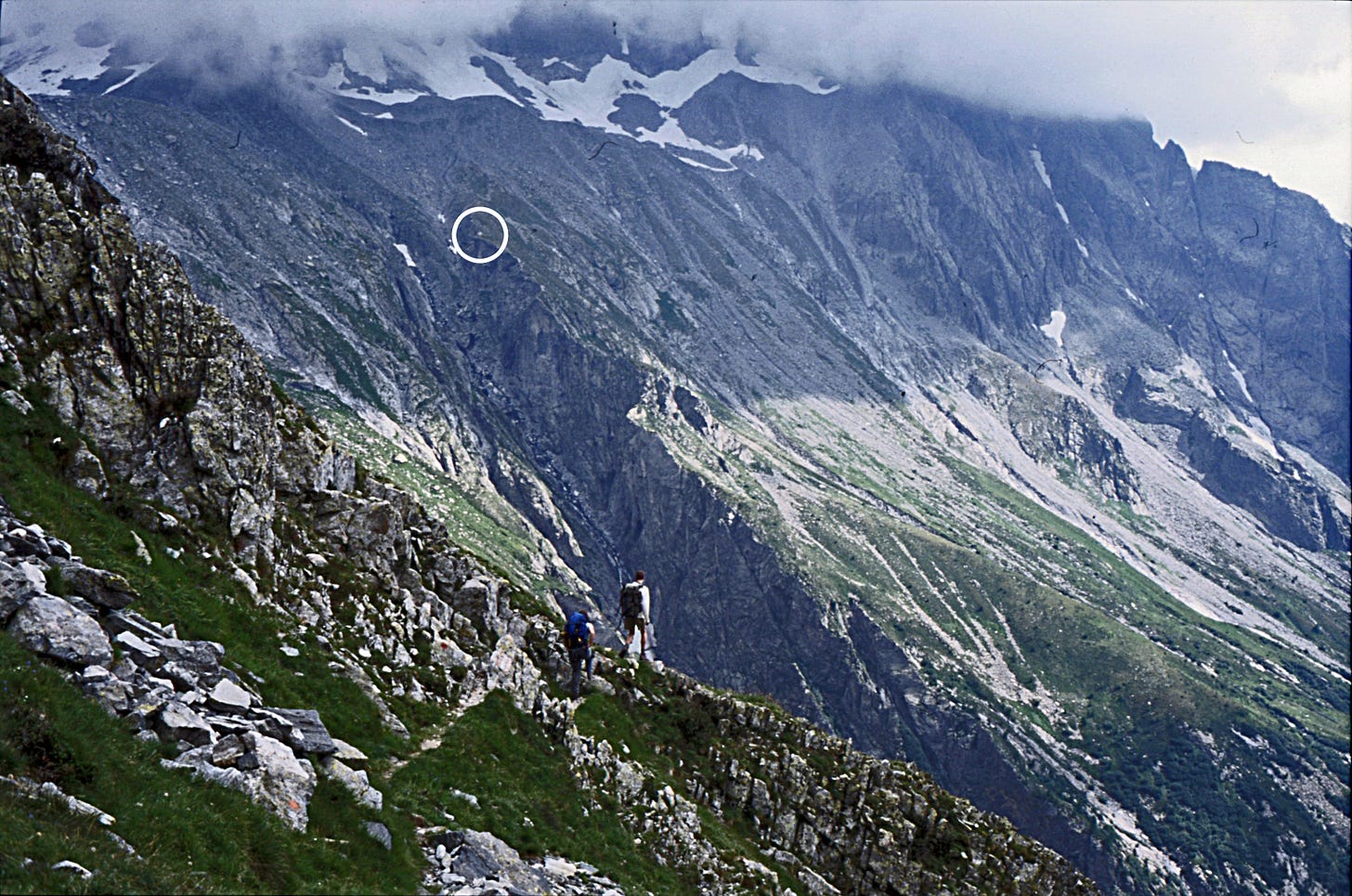
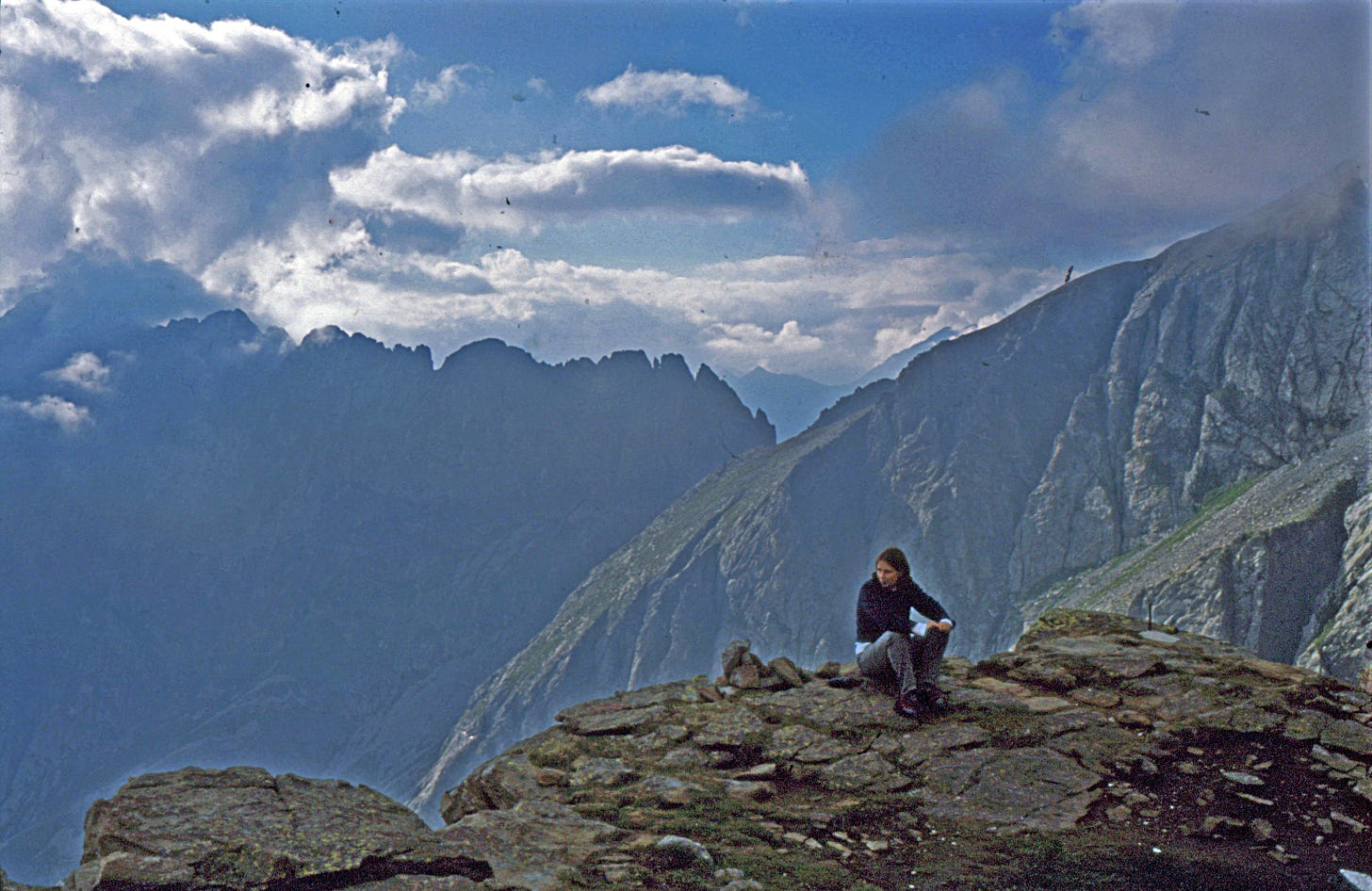

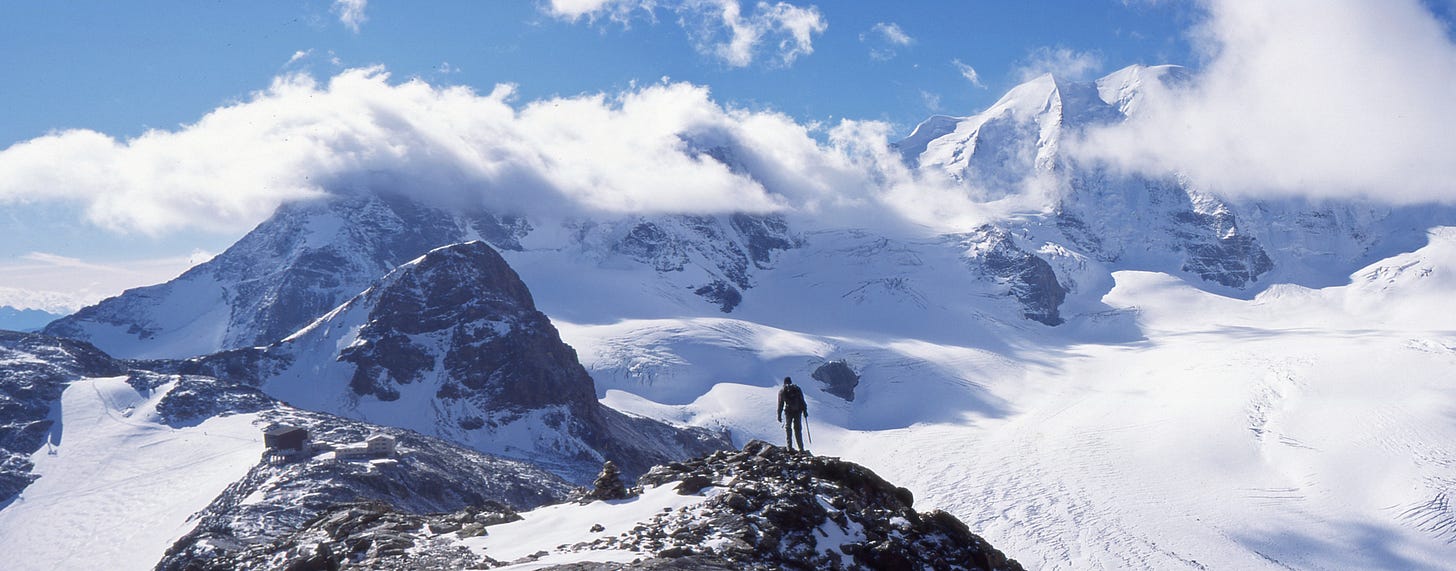
My last bothy was White Laggan, the past February. The walls were too frozen to laugh at us.
You’ve reminded me of a wonderful night in the Dent Blanche bivouac hut in Switzerland. Happy memories.